Anodized Piercing Jewelry:
Let Color Tell Your Story
What Is Anodizing and Why Does It Matter?
Anodizing is a precise electrochemical technique that forms a durable oxide layer on the surface of metals. Unlike coatings or dyes, this process changes how light interacts with the metal itself, creating brilliant colors from within—without adding pigments. The result is a surface that’s not only colorful but also highly resistant to wear and fading.
In body piercing, anodizing is typically used on titanium and niobium—two biocompatible materials that are ideal for prolonged contact with the skin. These metals are safe, long-lasting, and visually striking. More importantly, they allow for true personalization: clients can choose not only the shape of the jewelry but also a color that reflects their identity.

Why Is Anodized Jewelry
So Popular?
Clients today want jewelry that offers both safety and aesthetics.
Anodizing delivers on both fronts by combining cutting-edge technology with personal expression.
- Suitable for initial piercings, since titanium and niobium meet the highest standards for biocompatibility.
- Completely free from nickel, reducing the risk of allergies or skin irritation.
- Non-reactive with body tissues, making it ideal for long-term wear.
- A wide variety of shades available, from subtle bronze to bold purples and iridescent finishes.
- Colors don’t fade or wear off over time, as they are part of the metal.
- Durable enough for everyday wear, including sports and swimming.
- The color can be changed later to match evolving styles.
Works well with minimalist or expressive aesthetics—one technique, infinite options.
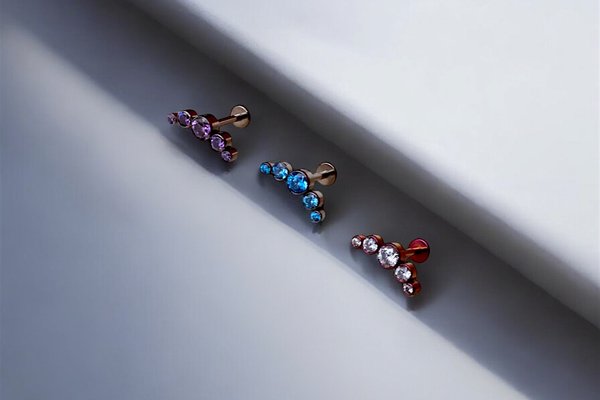
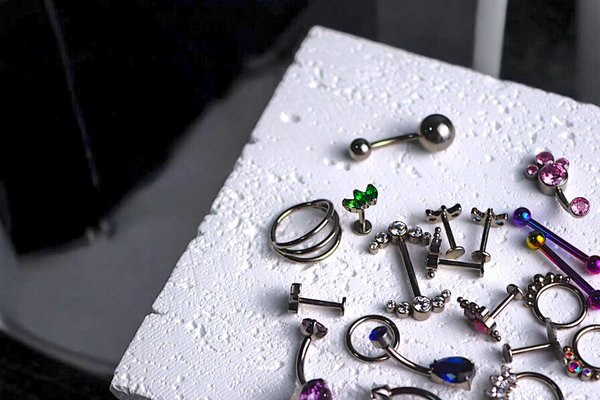
What Happens During the
Anodizing Process?
- Cleaning and Preparation
- Each piece is thoroughly cleaned and polished to eliminate any contaminants that could affect the finish.
- Choosing the Color
- The client selects a preferred shade from the available color spectrum, guided by an experienced specialist.
- Voltage-Controlled Anodizing
- The jewelry is placed into a specialized system, and controlled voltage is applied to develop the desired oxide layer thickness.
- Sterilization and Packaging
- After treatment, the item is sterilized and vacuum-sealed to ensure safe handling and use.
We only anodize jewelry made from ASTM F136-certified titanium or high-purity niobium to ensure reliable, safe, and long-lasting results.
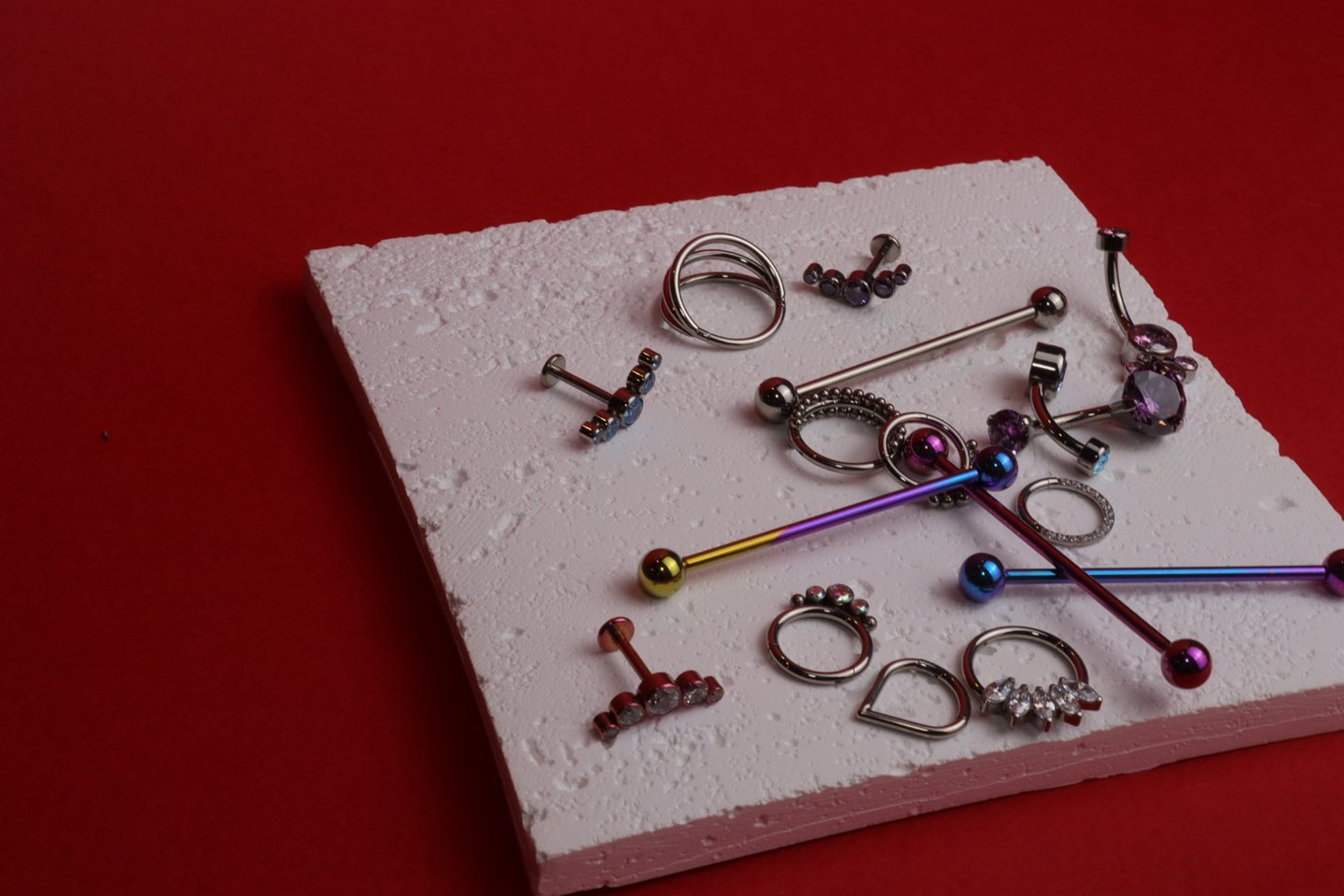
How Is Color Formed?
Rather than being applied, the color in anodized jewelry is created by altering how light reflects off the metal’s surface.
This is achieved by varying the voltage, which controls the thickness of the oxide layer. Each voltage level produces a specific range of hues.
Examples of voltage and resulting color tones:
- 15–20V: bronze and gold
- 25–30V: blue and purple
- 35–40V: turquoise and light blue
- 45–50V: green and yellow
- 55V and higher: pinks, iridescent blends, and color-shifting effects
This color system allows for customization based on skin tone, personal taste, outfit coordination, or even mood.
What Sets Our Studio Apart?
All anodizing is performed on-site, giving us full control over quality and turnaround time.
We use advanced medical-grade anodizing equipment tailored for piercing jewelry.
Our staff is professionally trained in anodizing techniques and understands the nuances of body-safe materials.
Each client receives individualized attention, ensuring the final result aligns with their personal style.
All jewelry is sterilized and sealed in compliance with strict hygiene standards.
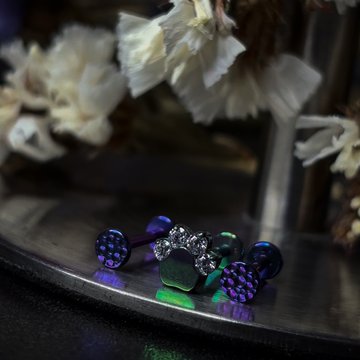
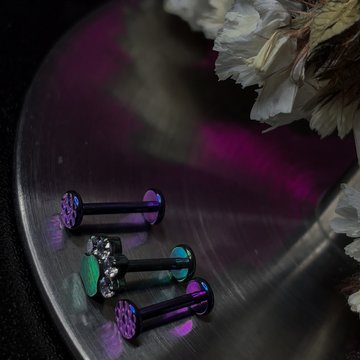
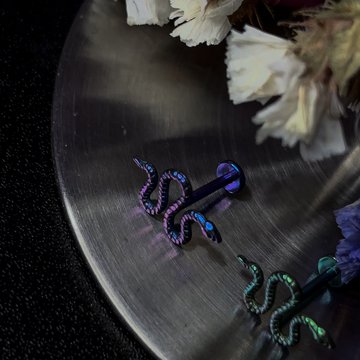
Frequently Asked Questions
- Can any jewelry be anodized?
- Only pieces made from ASTM F136 titanium or pure niobium are suitable for proper anodizing.
- How is anodizing different from painting or coating?
- Anodizing doesn’t involve paint. Instead, color is formed by light interference within the oxide layer that becomes part of the metal itself.
- How long does the color last?
- With normal care, the color remains vibrant for years without needing reapplication.
- Is anodizing safe for new piercings?
- Yes. Anodized titanium is considered one of the best options for healing piercings.
- Can I change the color later?
- Yes. The original oxide layer can be removed, and a new color applied.
- Is it possible to get black or red through anodizing?
- True red is not achievable with standard titanium anodizing. Black is possible, but requires alternative surface treatments.
- Can anodized jewelry be worn in water or during sports?
- Absolutely. Anodized surfaces are highly resistant to moisture, sweat, and physical wear, making them ideal for active lifestyles.
- Does anodizing affect the strength or integrity of the jewelry?
- No. The anodizing process does not weaken the metal. In fact, the oxide layer can add surface hardness without compromising structural integrity.

Anodized jewelry isn’t just about appearance—it’s about identity, comfort, and self-expression.
Whether you want to complement a specific outfit or make a lasting impression, anodized pieces allow your personality to shine through.
If you're ready to explore custom color options for your piercing, book your session today. We'll help you choose the perfect shade and ensure your jewelry looks as bold—or as subtle—as you want it to be.
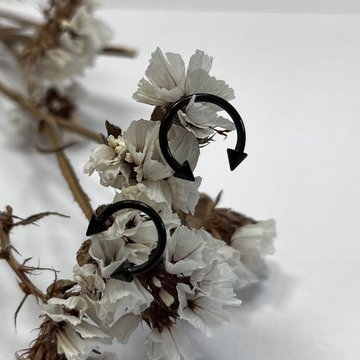
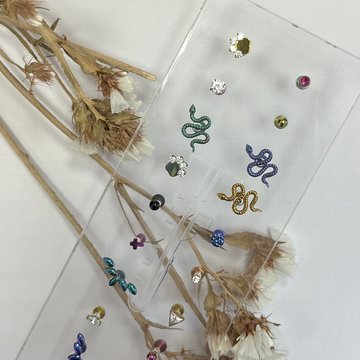
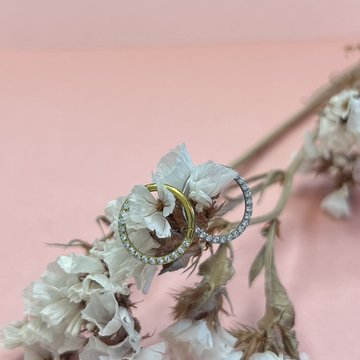


 Create a sketch in the VEAN TATTOO AI generator
Create a sketch in the VEAN TATTOO AI generator


